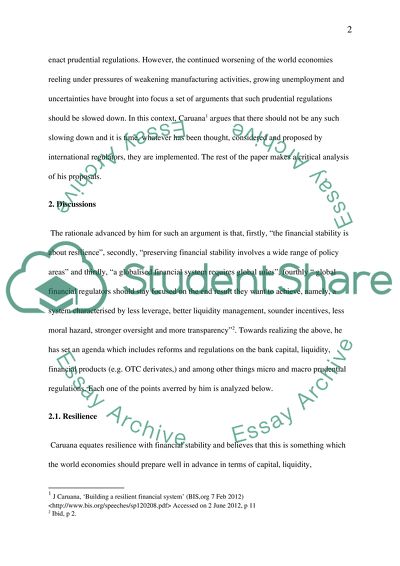Cite this document
(“Financial stability and resilience of the banking industry are the Essay”, n.d.)
Financial stability and resilience of the banking industry are the Essay. Retrieved from https://studentshare.org/macro-microeconomics/1399232-deal-mechanics
Financial stability and resilience of the banking industry are the Essay. Retrieved from https://studentshare.org/macro-microeconomics/1399232-deal-mechanics
(Financial Stability and Resilience of the Banking Industry Are the Essay)
Financial Stability and Resilience of the Banking Industry Are the Essay. https://studentshare.org/macro-microeconomics/1399232-deal-mechanics.
Financial Stability and Resilience of the Banking Industry Are the Essay. https://studentshare.org/macro-microeconomics/1399232-deal-mechanics.
“Financial Stability and Resilience of the Banking Industry Are the Essay”, n.d. https://studentshare.org/macro-microeconomics/1399232-deal-mechanics.


